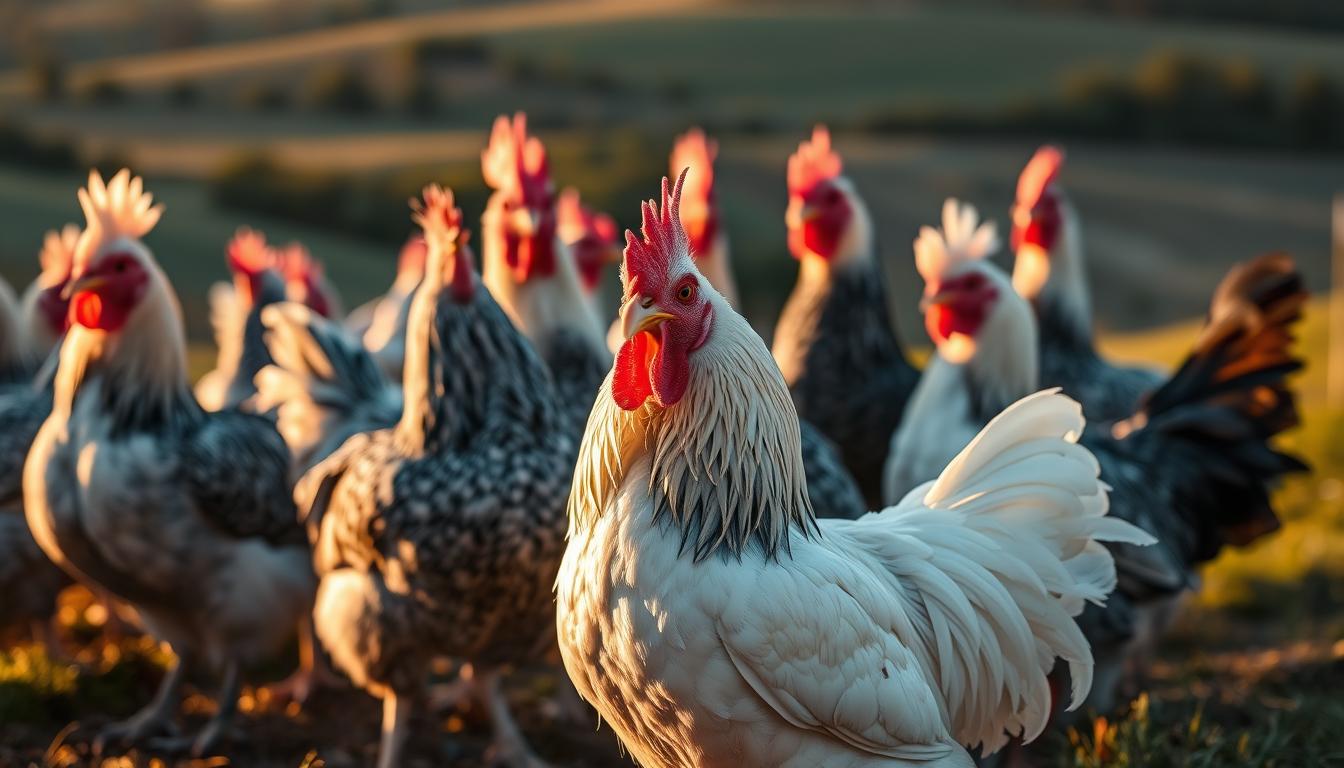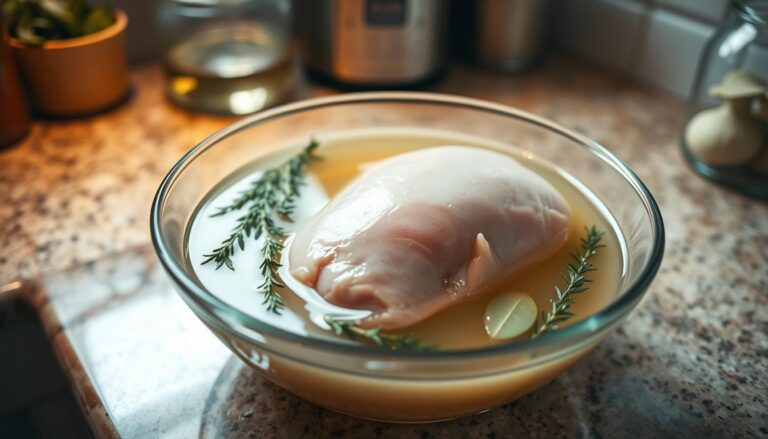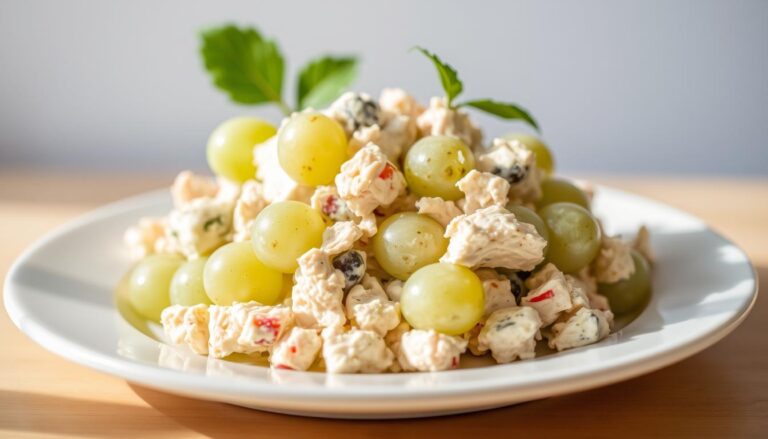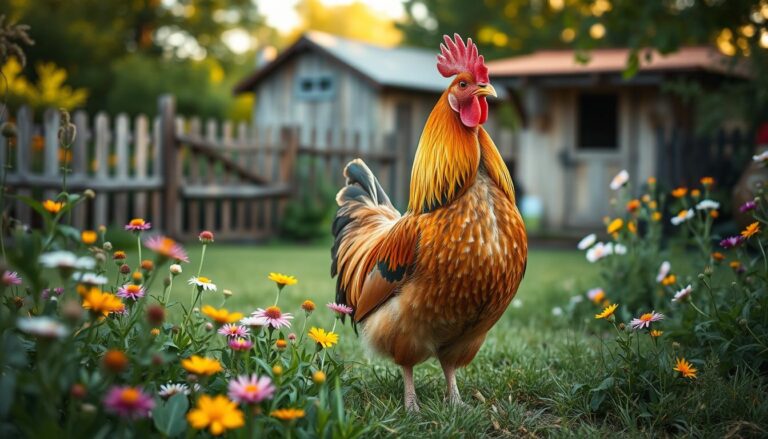Silver Laced Polish: Elegant Chickens for Your Flock
Table of Contents
Silver Laced Polish: Elegant Chickens for Your Flock
Looking for a stunning addition to your backyard? The Silver Laced Polish breed stands out with its eye-catching feathers and charming personality. These birds are a favorite among poultry lovers for their ornamental appeal and gentle nature.
Originally from the Netherlands, they’ve gained popularity in the U.S. for their distinctive crests and graceful presence. Whether you’re raising chickens for eggs or exhibition, this breed delivers both beauty and utility. They lay medium white eggs and thrive in small flocks.
Perfect for hobbyists, these chickens adapt well to various environments. Their docile temperament makes them a joy to raise, especially for families. If you want a visually striking yet easygoing bird, this breed could be your ideal match.
Key Takeaways
- Known for their striking crest feathers and elegant appearance.
- Friendly and docile, making them great for families.
- Originated in the Netherlands and recognized in U.S. poultry standards.
- Lay medium white eggs while also excelling in shows.
- Ideal for backyard flocks due to their adaptability.
Introduction to Silver Laced Polish Chickens
Despite their name, these birds didn’t originate where you might think. The Silver Laced Polish breed traces its roots to the Netherlands, not Poland. Their misleading name likely comes from the Dutch word “Pol,” meaning “head,” referencing their iconic crests.
Classified in the Continental Poultry Show Class, they’re prized for exhibition. Records show they’ve been domesticated since the 1500s, making them one of the oldest known breeds. The American Poultry Association recognized them in 1883, cementing their place in U.S. backyard flocks.
Today, The Livestock Conservancy lists them as “Recovering,” thanks to dedicated breeders. Cackle Hatchery®, a trusted source since 1971, helps preserve these birds. Whether for shows or companionship, their legacy continues to thrive.
The Stunning Appearance of Silver Laced Polish Chickens
Few breeds match their visual appeal and graceful charm. Their signature crest feathers and intricate plumage make them instant favorites at poultry shows and backyard coops alike.
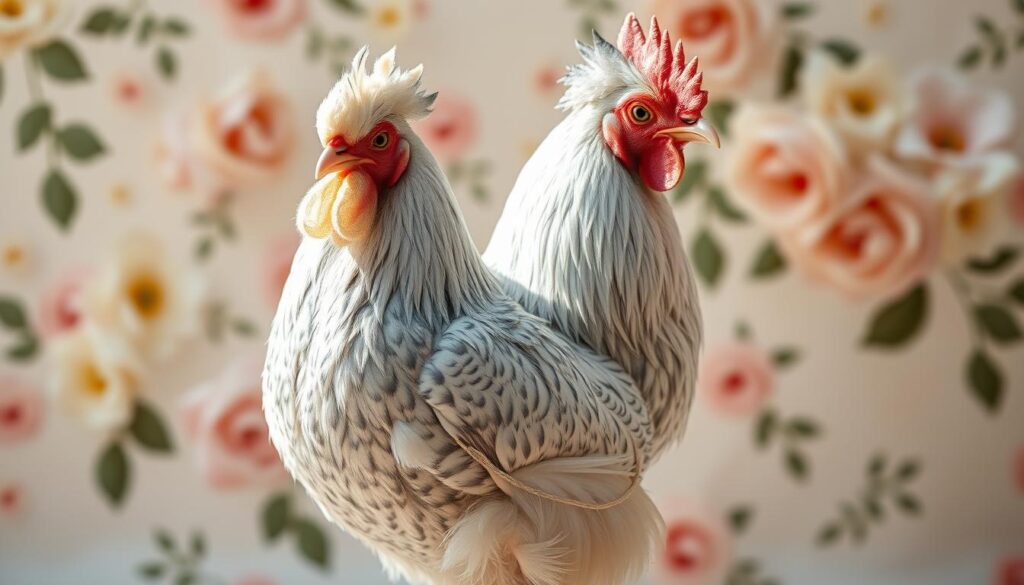
Distinctive Crest and Plumage
The fluffy crest grows from a skull knob, giving them a regal look. Regular grooming keeps these feathers tidy, as they can obstruct vision if left untrimmed.
Their silvery-white base color contrasts with precise black lacing—a result of careful breeding. Some varieties, like the White Crested Black, feature beards for extra flair.
“Trimming the crest every few weeks ensures they see clearly and stay healthy.”
Size and Physical Characteristics
These birds are medium-sized, with hens weighing 4–5 lbs and roosters 5–6 lbs. Sleek legs without feathering add to their refined appearance.
| Feature | Bearded Variety | Non-Bearded |
|---|---|---|
| Crest | Full, with beard | Full, no beard |
| Plumage | Black & white | Silvery laced |
| Size | 5–6 lbs (roosters) | 4–5 lbs (hens) |
Their size makes them easy to handle, while their striking looks ensure they’re always the center of attention.
Temperament and Behavior
Gentle and easygoing, these birds make excellent companions for families. Their docile temperament sets them apart from more aggressive breeds. Owners often describe them as curious yet calm, making them ideal for beginners.
A Breed That Loves Company
These chickens thrive in social settings. They bond well with both humans and other flock members. A 7:1 hen-to-rooster ratio keeps harmony, reducing territorial disputes.
- Family-friendly: Rarely peck or show aggression, even around children.
- Pet-like behavior: Many enjoy being held and tolerate handling well.
- Adaptable: Adjust to mixed flocks without dominating others.
Handling Shyness
Their crests can limit vision, making them skittish. Simple adjustments help:
“Keep their coop clutter-free and avoid sudden movements. They’ll feel safer and stay calmer.”
Compared to high-energy breeds, they’re moderately active. They forage but won’t overwhelm your yard. With patience, even the shyest birds become trusting.
Egg Production and Laying Habits
If you’re curious about their egg-laying abilities, this breed offers steady production for home use. They won’t match commercial layers, but their white eggs are perfect for family breakfasts. Expect 150–200 annually, with variations based on care and season.
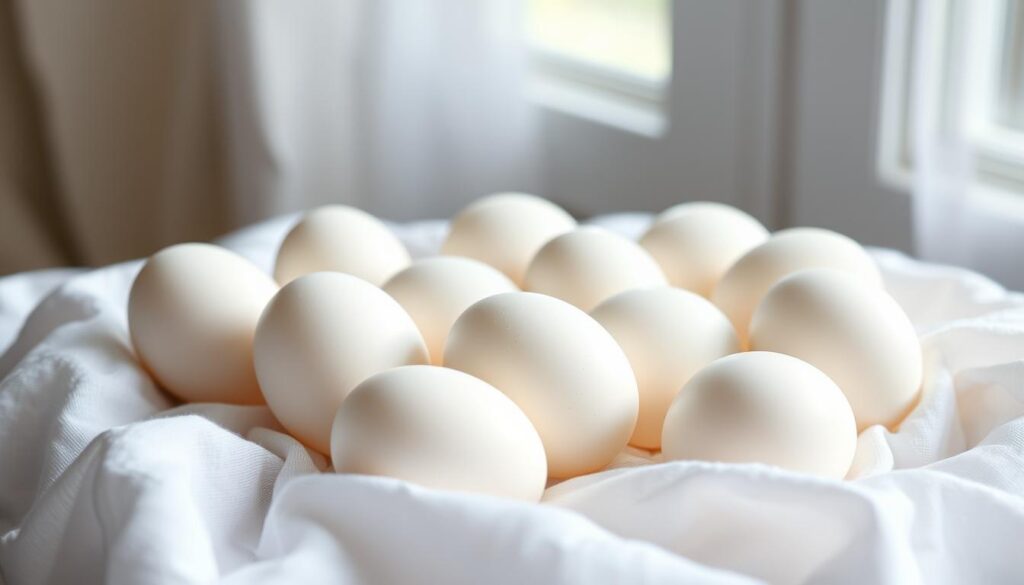
Egg Size and Color
Their eggs are small-to-medium, with glossy white shells. The yolks are rich, ideal for baking or frying. Unlike darker-shelled breeds, these stand out in cartons.
| Breed | Eggs/Year | Shell Color | Best For |
|---|---|---|---|
| Silver Laced Polish | 150–200 | White | Households |
| Leghorn | 280–320 | White | Commercial |
| Rhode Island Red | 250–300 | Brown | Dual-purpose |
Seasonal Laying Patterns
Production dips in winter without extra light. To boost egg production, provide 14–16 hours of daily light. Heat lamps or timed coop lights work well.
- Low broodiness: Rarely sit on eggs (fertility rates: 40–55%).
- Consistency: Lay 3–4 eggs weekly in peak season.
- Diet matters: High-protein feed supports steady laying.
“Supplemental light and calcium-rich grit keep hens productive year-round.”
Care and Health Considerations
Keeping your flock healthy starts with proper care and attention. These birds need specific routines to stay vibrant and disease-free. Focus on their unique traits, like crest maintenance and climate needs, to ensure longevity.
Feather and Crest Maintenance
Their iconic crest requires regular trimming. Overgrown feathers can block vision, increasing stress. Use sharp scissors to snip carefully every few weeks.
Check for mites or lice weekly, especially in dense plumage. A vinegar-water rinse (1:1 ratio) helps prevent parasites. Dry thoroughly to avoid chilling.
Weather Tolerance and Housing Needs
These birds aren’t cold-hardy. Insulate their coop with straw bedding and ensure roosts are 2–4 ft high. Avoid drafts but allow ventilation to prevent moisture buildup.
- Summer: Provide shade and fresh water to combat heat stress.
- Winter: Use heat lamps sparingly—frostbite risks increase below 35°F.
“Sand bedding reduces bacteria and keeps feathers cleaner than wood shavings.”
Predator-proof the coop with hardware cloth. Their poor vision makes them vulnerable, so secure locks are a must.
History and Origin of Silver Laced Polish Chickens
Many assume these birds hail from Poland, but their true roots tell a different story. Bred in the Netherlands, their name likely references Polish military caps, not their birthplace. By the 16th century, they were prized across Europe for their ornamental crests.
Their journey began in Spain, where early ancestors were crossbred with Dutch fowl. By the 1700s, they reached England and later the U.S., where the American Poultry Association recognized them in 1883. This cemented their place in the American Standard of Perfection for over 120 years.
| Year | Milestone |
|---|---|
| 1500s | Domesticated in the Netherlands |
| 1874 | Added to U.S. Standard of Perfection |
| 1883 | Officially recognized by APA |
| 1996 | Designated “Recovering” by Livestock Conservancy |
Early poultry shows favored their unique looks, sparking demand for bearded and non-bearded varieties. Despite myths, no evidence ties them to Poland—their history is firmly Dutch.
“Their crests made them instant stars in Victorian-era exhibitions, blending utility and artistry.”
Today, breeders champion them as sustainable heritage birds. From royal courts to backyard coops, their legacy endures.
Conclusion
Adding these elegant birds to your backyard flock brings beauty and charm. Their calm nature and moderate egg production make them a delightful choice for families and hobbyists alike.
For the best experience, source your chickens from trusted breeders like Cackle Hatchery®. Remember to trim their crests regularly and provide proper shelter for changing weather.
Today, these birds remain a top pick for those who value looks and personality. While they may not be the most productive layers, their ornamental appeal is unmatched. Ready to welcome them? Check availability—they ship April through August.
FAQ
What makes Silver Laced Polish chickens unique?
How many eggs do they lay per year?
Are they good for beginners?
Do they require special grooming?
Can they tolerate cold weather?
What’s their average lifespan?
Are they recognized by the American Poultry Association?
For more cooking tips, stay connected with us. We also recommend the cookbook Skinnytaste Simple: Easy, Healthy Recipes with 7 Ingredients or Fewer
For more Recipes about Chicken

